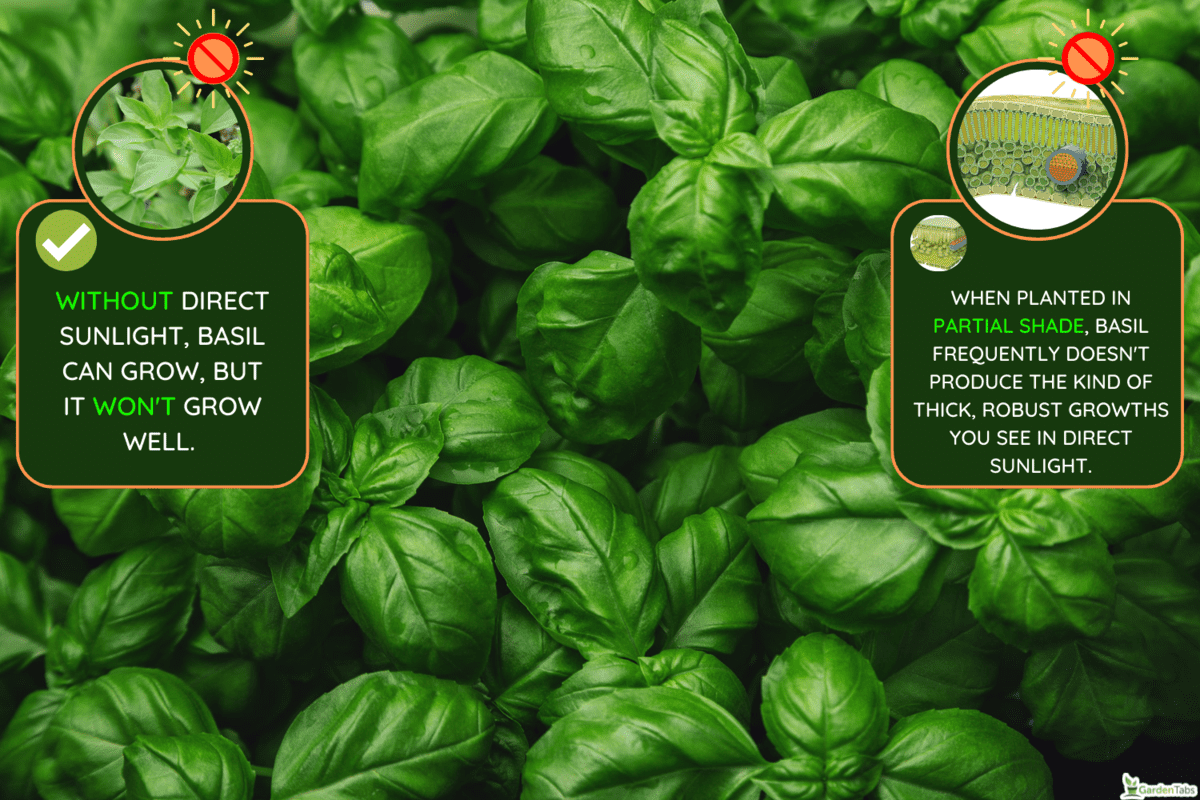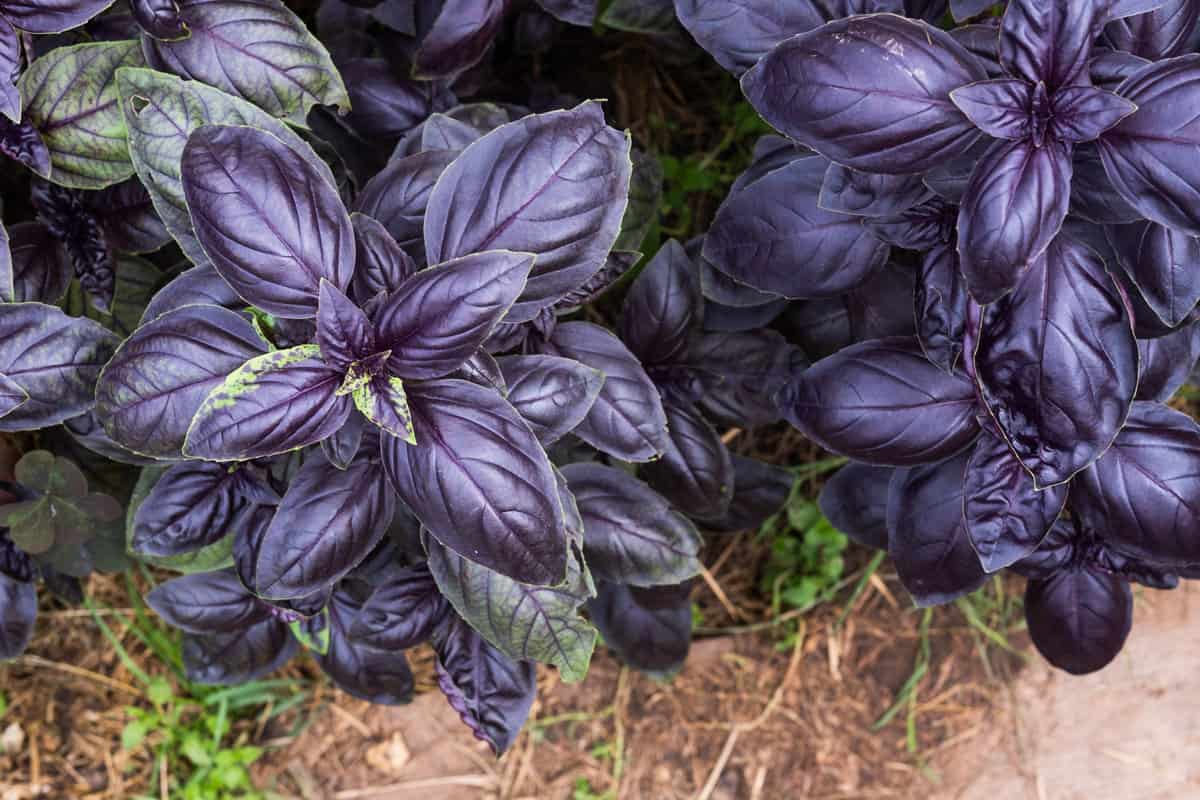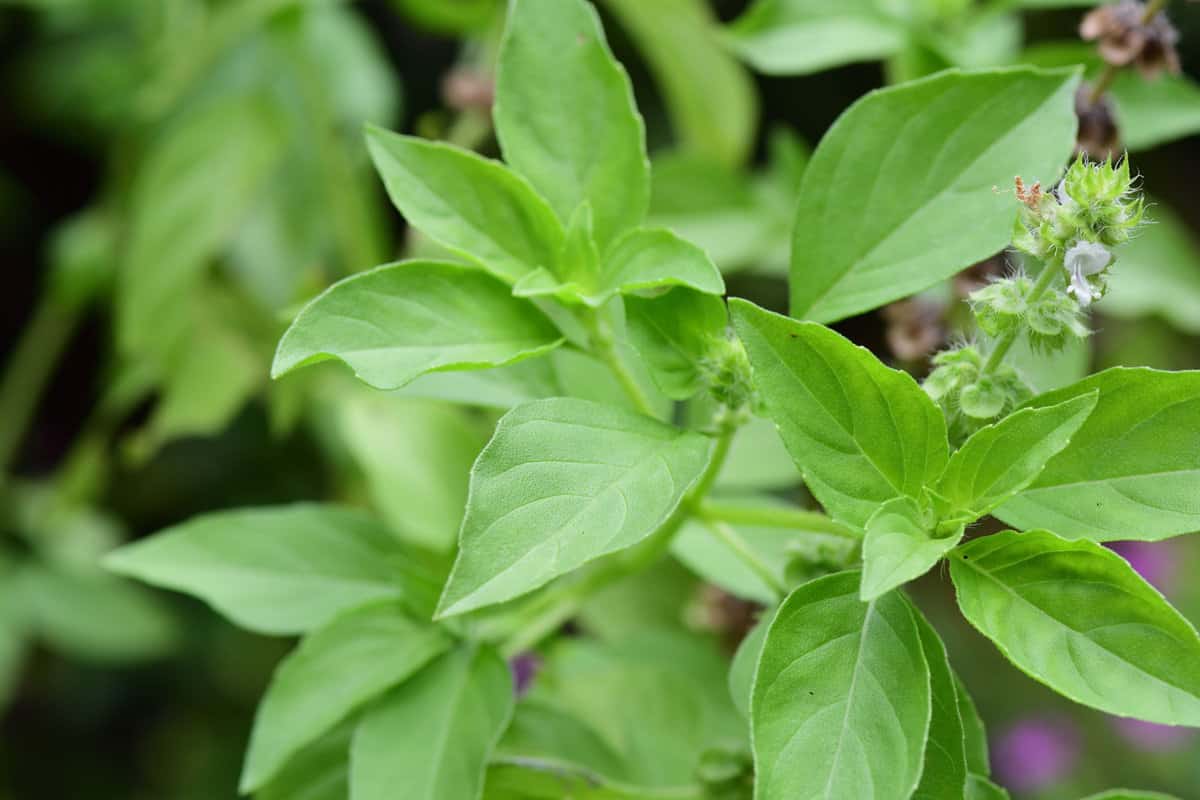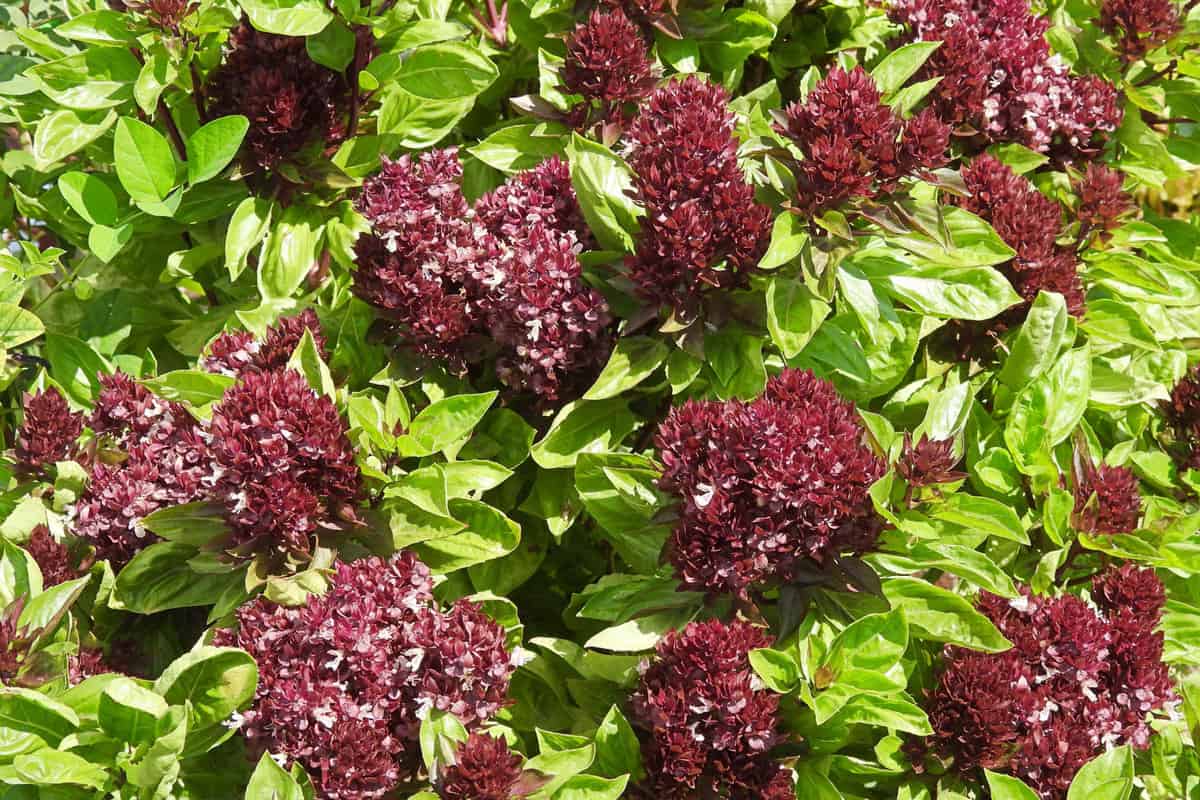Newbie gardeners typically struggle to comprehend the basil's demand for sunlight when cultivating this well-known herb. But how much sunlight does basil needs to flourish? Well, we've done plenty of research and have the answer for you!
Aim for your basil to have in direct sunlight for six to eight hours daily. But depending on where you are and the characteristics of the climate, this can be different.
You might want to place the basil in the shade during the hottest times of each day if the summers in your area are sweltering.
Without light and a warm place to grow, basil cannot thrive. However, this does not imply that basil can withstand excessive exposure to the sun. Let's look further to learn how much sunlight your basil plants require below!
Can Basil Plants Get Too Much Sun?
Although they don't do well in cold locations, basil plants can survive temperatures as hot as 32°C to compensate for it. Extreme temps and piercing, direct sunshine, however, might be damaging to the well-being of the herb.
Basil may respond similarly to humans under pressure in extreme heat. They consume water and moisture, but when the temperature increases, they exert more effort to keep those substances inside their leaves.
Basil typically experiences transpiration, just like other herbs. If this occurs, your plant's leaves will weaken and become increasingly susceptible to diseases and pest problems.
Your basil plant may eventually perish if you unintentionally leave it outside or in the intense heat for an extended period. It happens due to a few of its cells deteriorating.
When you are growing basil herbs from seeds, this takes much longer to get them to germinate at hot temperatures. Only half of the seeds you initially plant may end up sprouting. Give the basil seedlings the appropriate amount of water.
Look for any symptoms of overexposure to the sun on the basil plant's leaf. One of the reasons they may be drooping is that they may not be getting enough water or that they may be getting bitten by insects.
Unfortunately, extended exposure to direct sunlight is the leading cause of your basil's poor health. Yellowing of the margins of the foliage is among the most typical signs of this illness.
Can You Grow Basil Without Direct Sunlight?

Without direct sunlight, basil can grow, but it won't grow well. When planted in partial shade, basil frequently doesn't produce the kind of thick, robust growths you see in direct sunlight.
However, you are still entitled to plant basil in this shadier area. Remember that your basil won't expand as far or tall as it typically would.
But in other situations, this might be helpful. For instance, shadier areas may be advantageous because small space tames the growth of the basil.
Be aware, however, that a plant's ability to develop depends not solely on how much sunlight it receives. Its growth is also influenced by water availability and soil quality.
Basil, for example, might fair better in rich soil with shade than in poor soil with direct sunlight exposure. This knowledge is essential since far too many planters consider solar exposure when they are planting.
While basil does benefit from direct sunshine, it is still important to maximize its other growth conditions to maintain it as robust and healthy as feasible for your growing requirements.
How Often Should You Water Basil?
Weekly water requirements for basil are roughly one and a half inches. To be precise, if you were to cultivate basil in a pot with a diameter of 10 inches, you would require little more than half a gallon of water per week to satisfy the needs of your basil plant.
You should average water your basil every three to four days.
Several factors will determine how much and how frequently you should water your basil. They include the soil or potting mix, sunlight, heat, rain, and humidity if plants are outdoors.
Basil needs more watering during extreme heat, so the plant has enough moisture.
Water basil plants regularly in the summer if you plan to grow them on a porch or deck. Depending on how hot it is, you can extend it every two days on calmer summer days. It can require a little bit more during intense heat waves.
To keep the root system moist and lessen wilting, think about doing a same-day top-up. Minimal water is recommended for basil in the garden.
When it's hot or scorched, increase your watering every two to three days. Water your basil in the morning, before the sun becomes too hot, or after sunset.
Watering in the morning is usually a good idea. But it becomes even more crucial in hot weather since it offers the plant enough water to tolerate higher temperatures.
Taking Care Of Your Basil
There are more criteria for taking proper care of growing basil in addition to the necessary light and water. These are fertilizer and soil. Basil needs well-drained soil to grow happily and healthily.
Most basil plants do better in warmer conditions and wet, well-drained soil during the growing season.
They struggle in cool, damp circumstances. When planting in hot, dry climates, an intelligent recommendation is to provide your basil plants with as much protection as possible.
A thick layer of compost will considerably reduce the risk of moisture stress and deter several illnesses.
Composting that has been tilled deeply into the ground aids soil temperature regulation and water absorption. Although basil often enjoys a range of nutrients, natural and slow-release fertilizers provide the best results.
Any fertilizer applied heavily increases a plant's exposure to pests and ailments. If you add fertilizer, all that is necessary for basil to flourish outside is a small application of a liquid fertilizer twice throughout the growing season.
Check out this Plant Food liquid fertilizer on Amazon.
How To Grow Basil From Seeds
Most gardeners start their basil from seed inside pots to get a head start on the growing season. Grow basil indoors from seeds four to eight weeks before the last day of frost.
Basil is adaptable and does well in a wide range of environments.
If the growth circumstances are the same, you can expect basil to grow indoors in a decorative pot and outdoors in the garden. Basil should be grown in warm, protected areas away from the midday sun in well-drained, nutritious soil.
Growing basil in a container is the best way to ensure a good harvest that lasts from early spring to mid-autumn. Sow your seeds in moist multipurpose peat-free compost pots on a warm but not exceptionally bright windowsill.
When seedlings are strong enough to handle them, transplant them into individual pots filled with earth-based compost rather than peat. After the final frost, move them outside in the early summer.
Standing them outdoors in a protected, gently shaded area during the day. But bringing them inside at night to help them adapt to the weather.
Find these Genovese basil seeds on Amazon.
Check out these herb pots on Amazon.
What Are The Different Types Of Basil?
Basil is among the most extensively used and well-liked culinary plants. It comes in a wide range of tastes, shapes, and sizes. Perhaps you might recognize it as the key ingredient in pesto.
The most popular varieties of basil are Thai, Genovese, and Sweet basil. But there are other varieties.
Purple Ruffles Basil

One of the numerous varieties of basil available is Purple Ruffles, which make a beautiful addition to any garden and a helpful herb.
Large plants produce glossy, purple-tipped leaves with a mellow flavor comparable to sweet basil.
Numerous edible purple plants contain antioxidants, which lend that foliage its characteristic hue. It's a great, easy-to-grow addition to mixed vegetable gardens. Additionally, they can be cultivated inside containers.
Lemon Basil

The acidic, nose-pleasing flavor and aroma of growing lemon basil are beloved by culinary enthusiasts. Additionally, the herb is attractive and gives the kitchen garden more texture and character.
The herb also serves as a flavoring for baked goods, including brownies, pastries, and other sweets.
Cardinal Basil

The large, bright red, spiky blossoms of cardinal basil make it easy to identify. Your vinegar and oil mixture will taste fantastic with this plant's smoky, anise-licorice flavor.
Even though you cannot eat it directly, the flavor is intense.
Spicy Global Basil

A kind of Ocimum basilicum is called spicy globe basil. It grows in the shape of a neat, compact shrub, unlike some more well-known basils, making it better suited for gardens and tiny pots than most kinds.
Similar to how the leaves of other varieties of sweet basil are utilized, the small, densely growing leaves are.
To Wrap It All Up
Like many other herbs, basil plants require a good balance of sunlight, water, fresh air, and fertilizer to grow and thrive. However, even at temperatures as high as 32 degrees Celsius, basil may flourish despite having a low tolerance for cold climates.
If you want to cultivate basil for cooking, consider giving it at least six to eight hours of direct sunlight daily. Basil can also flourish indoors, though they probably will develop more slowly.
Made it to the end? Check out these helpful related articles below!



